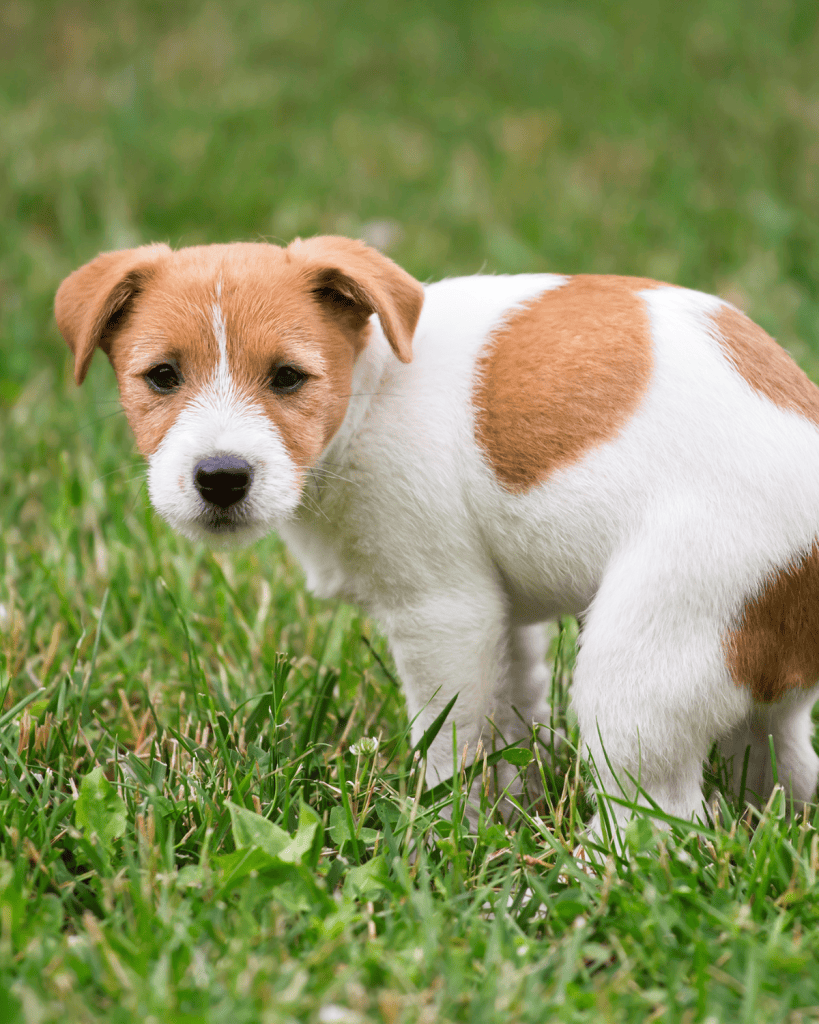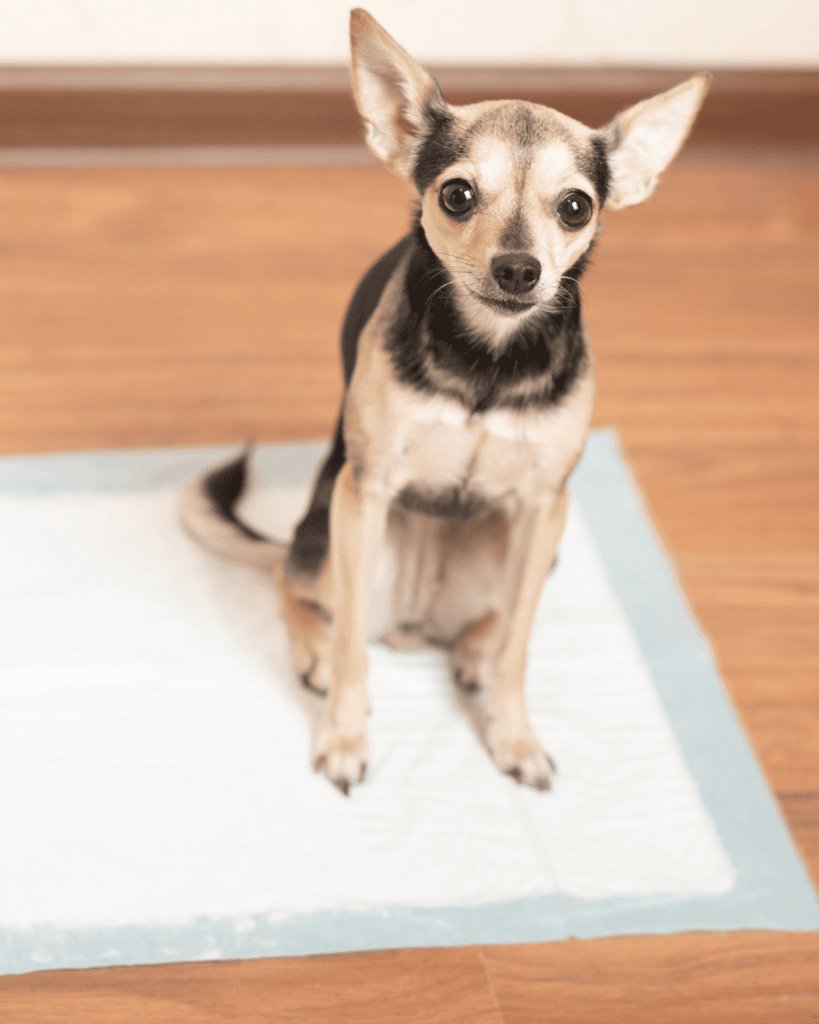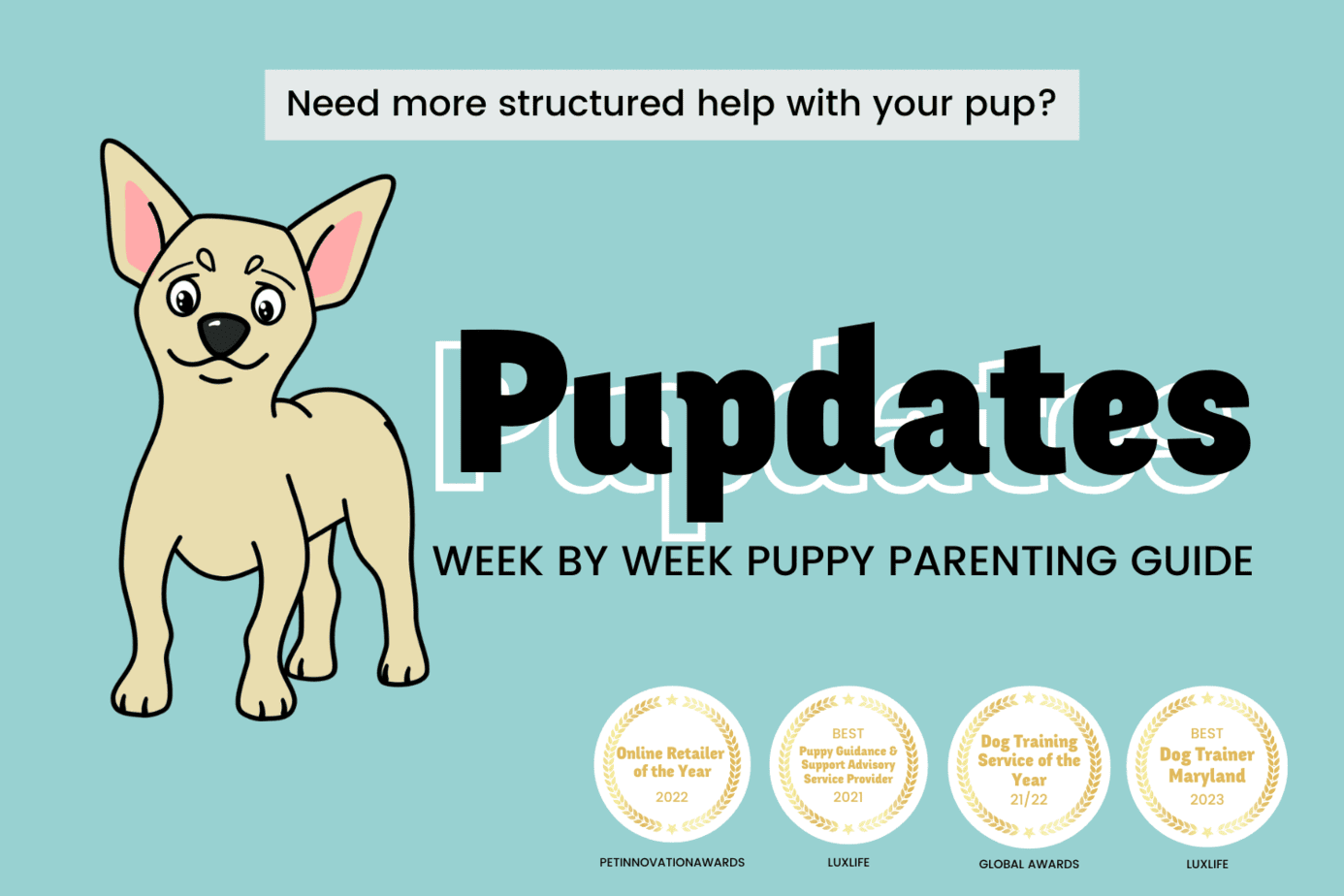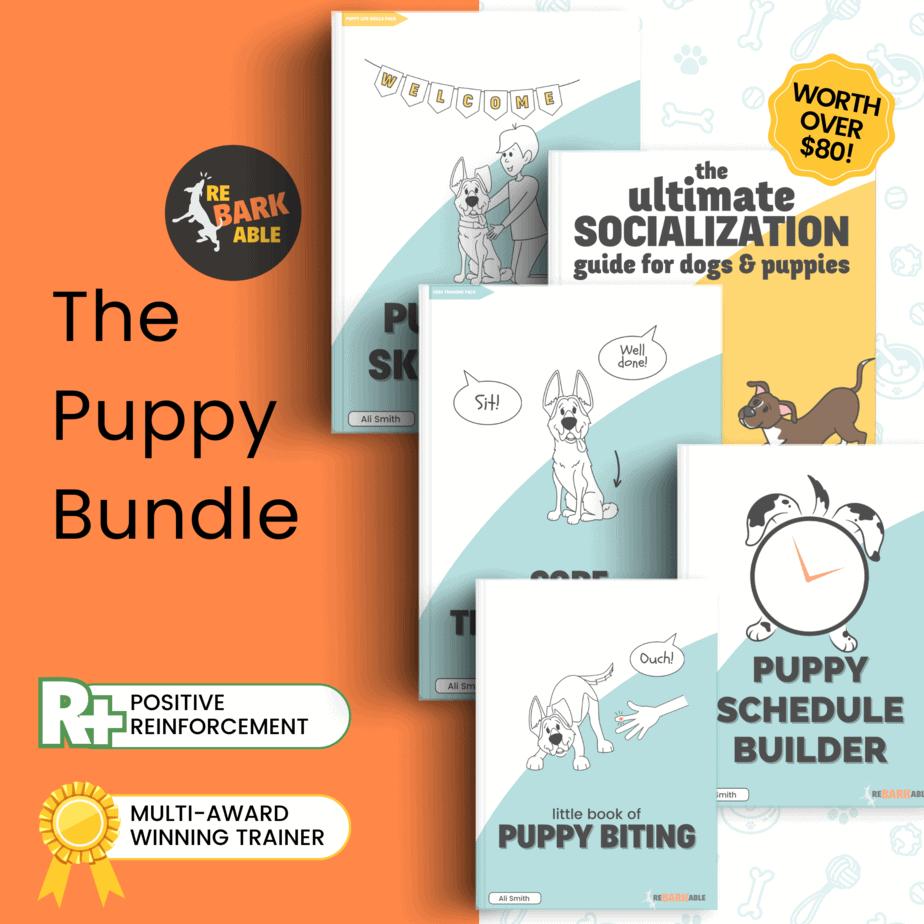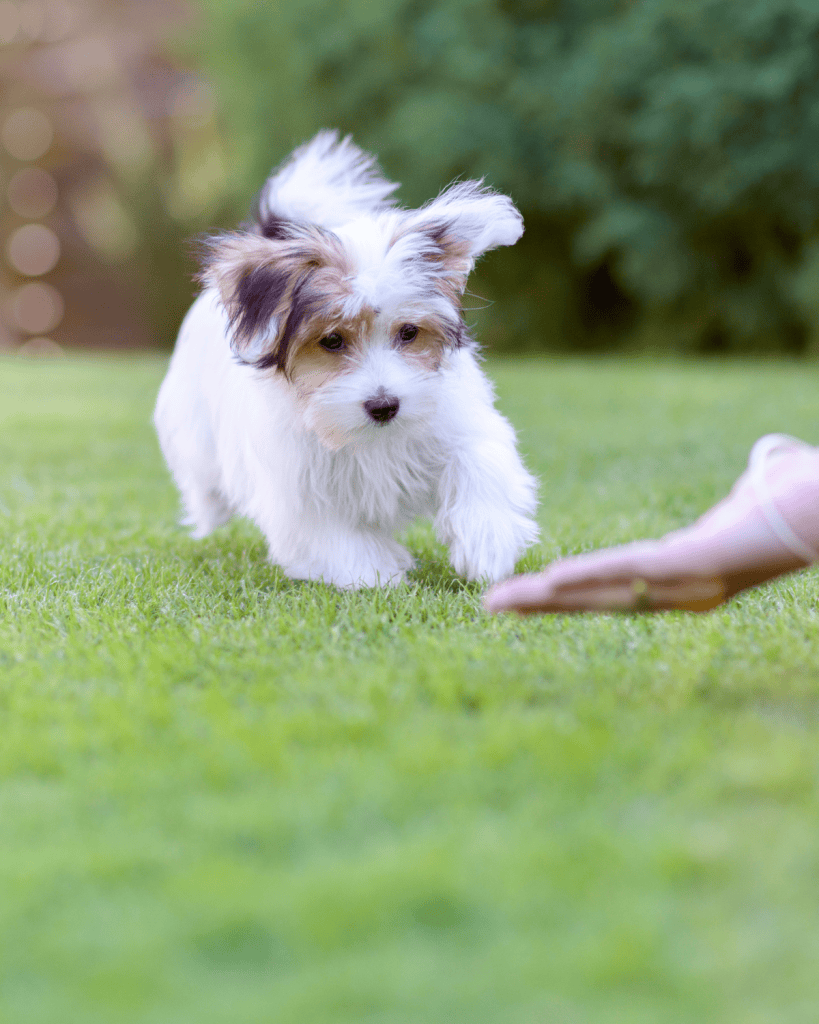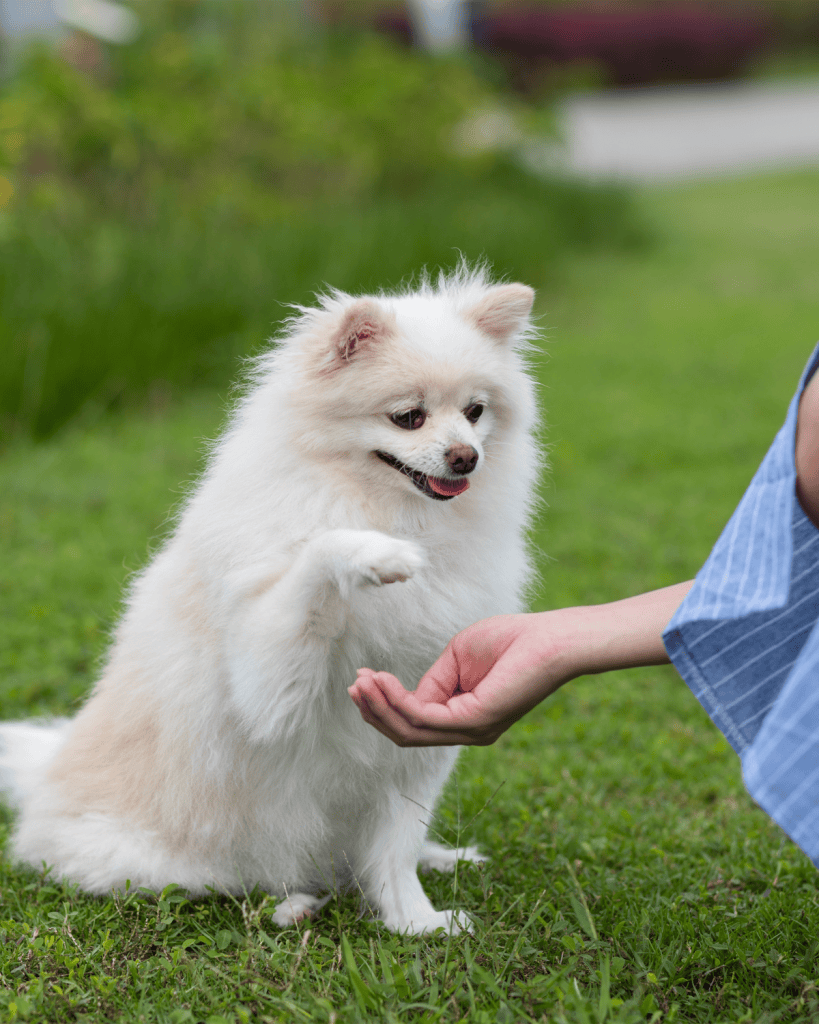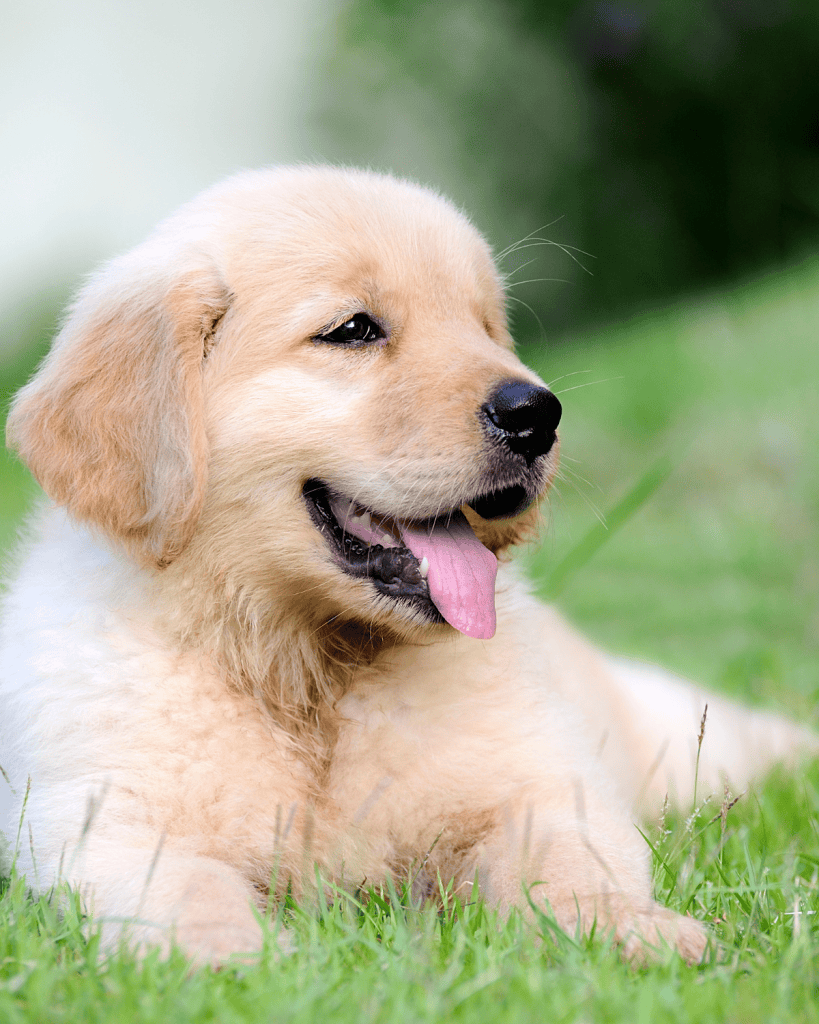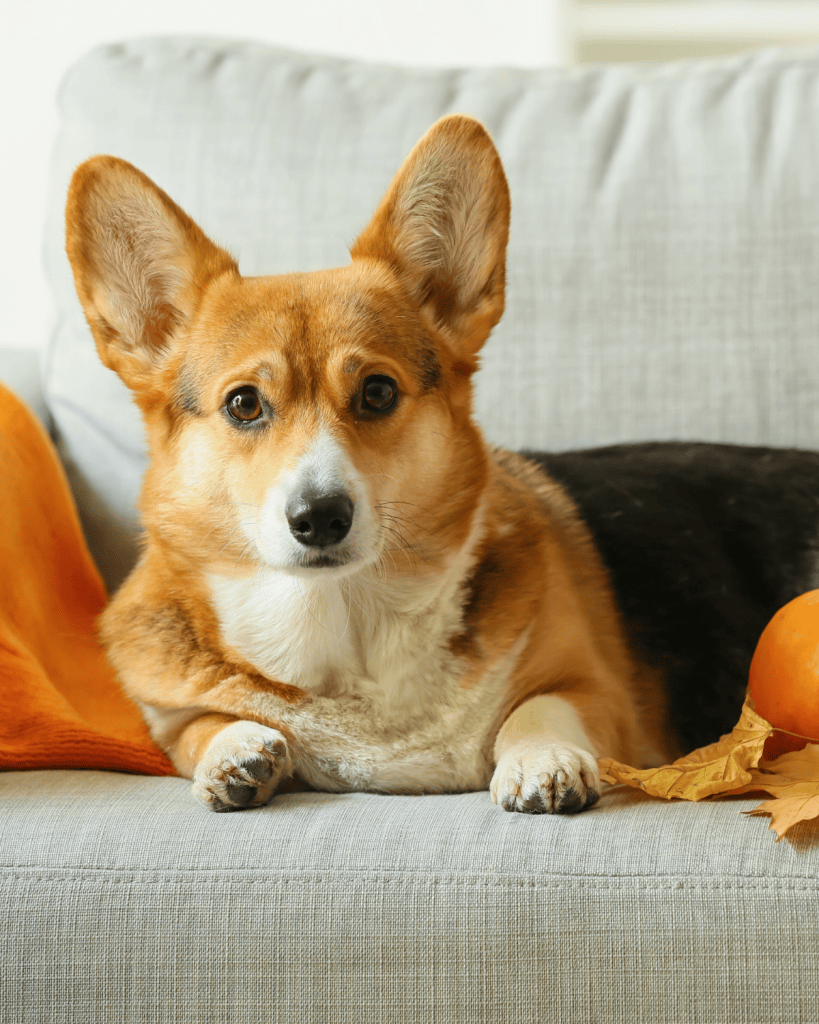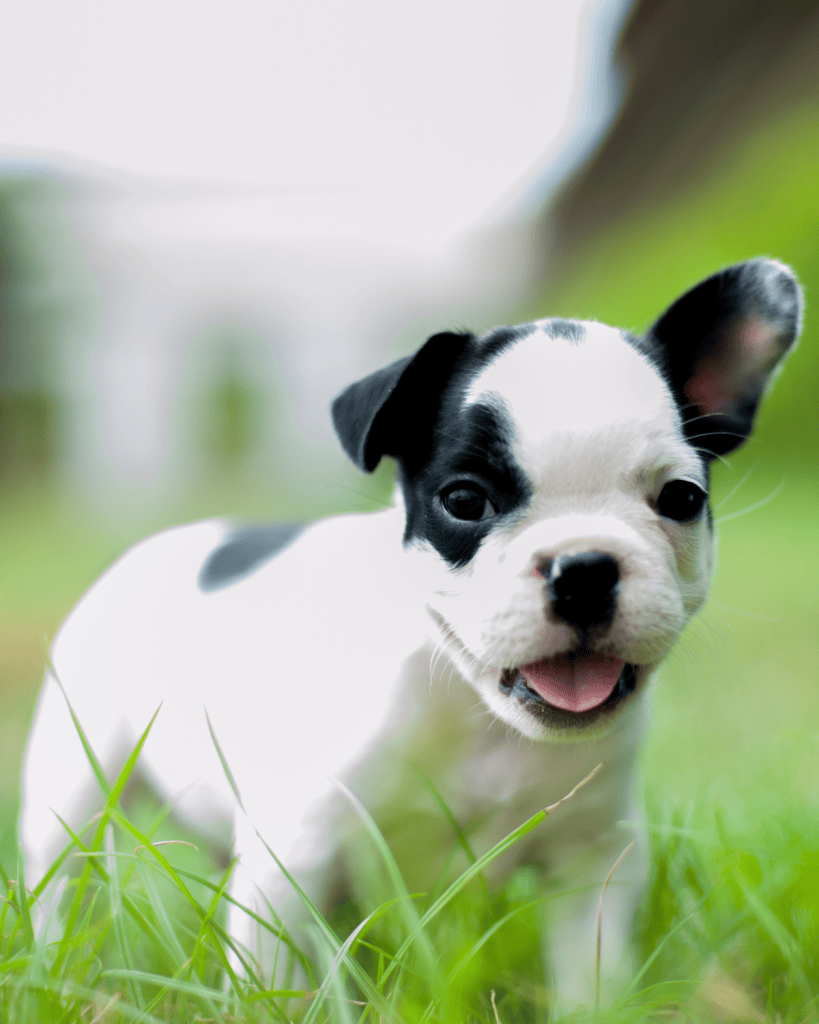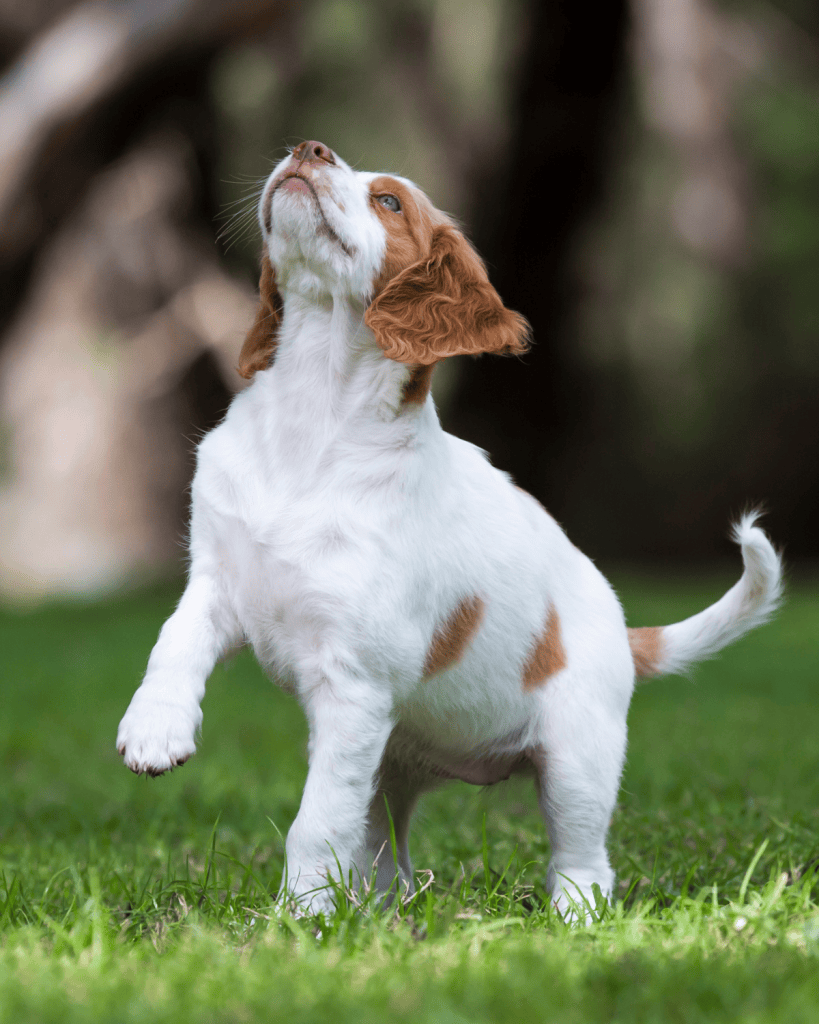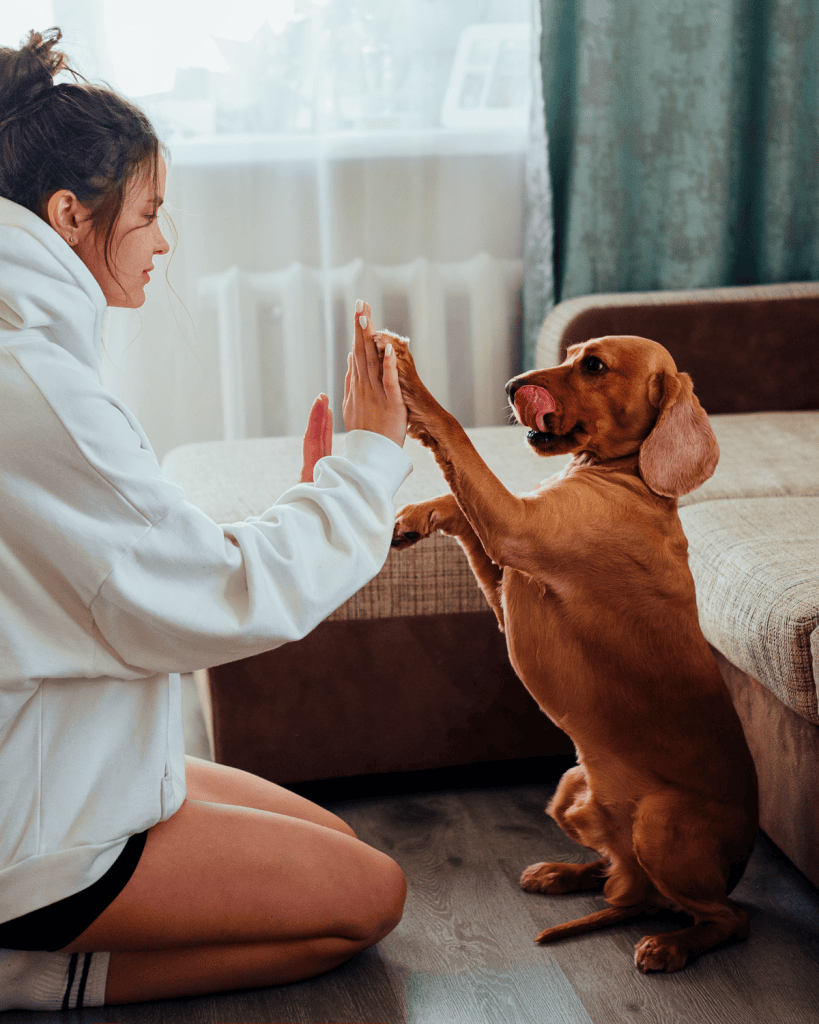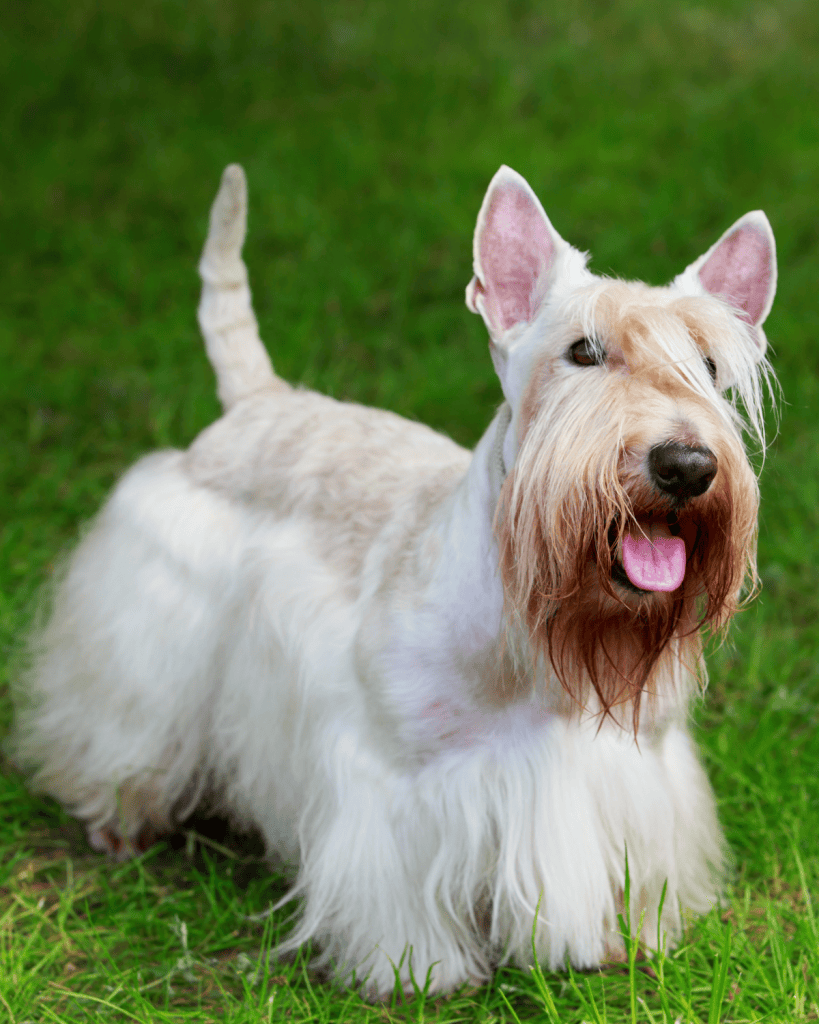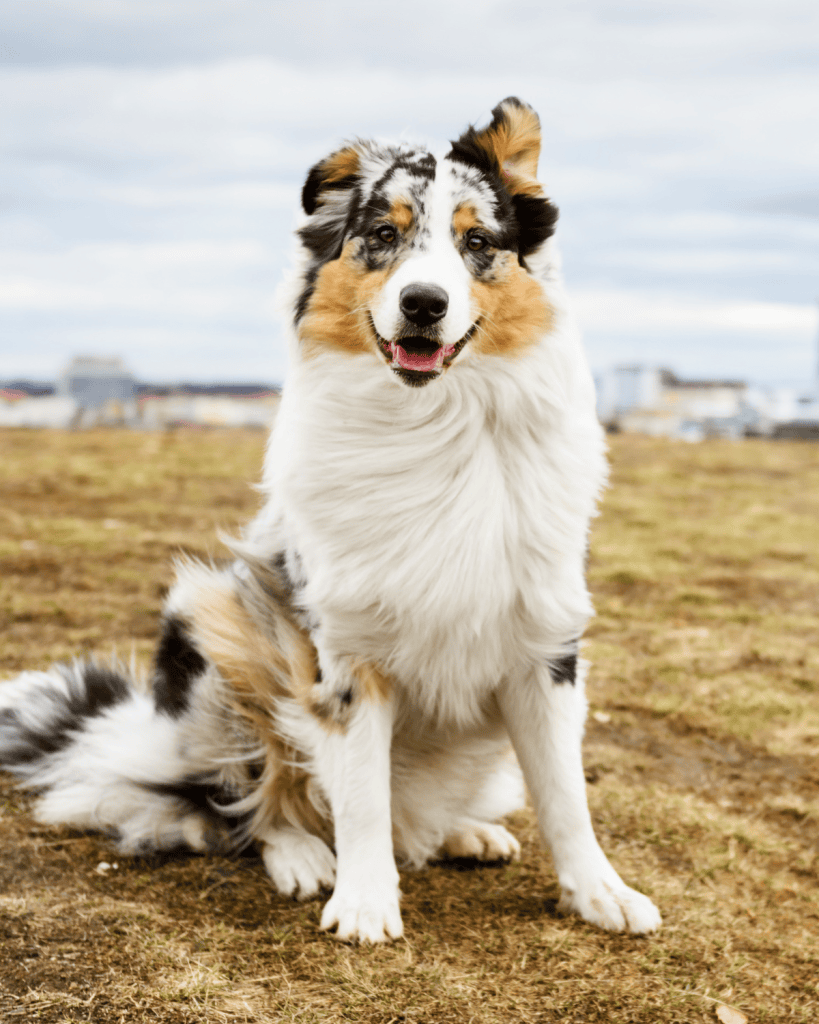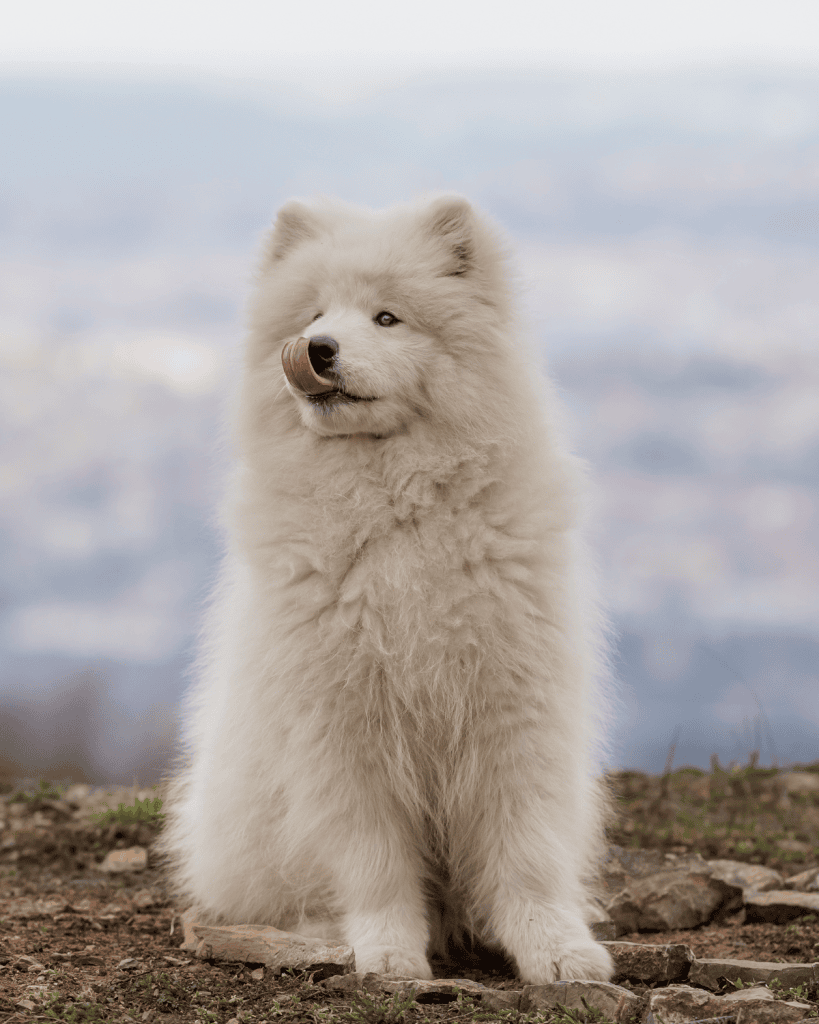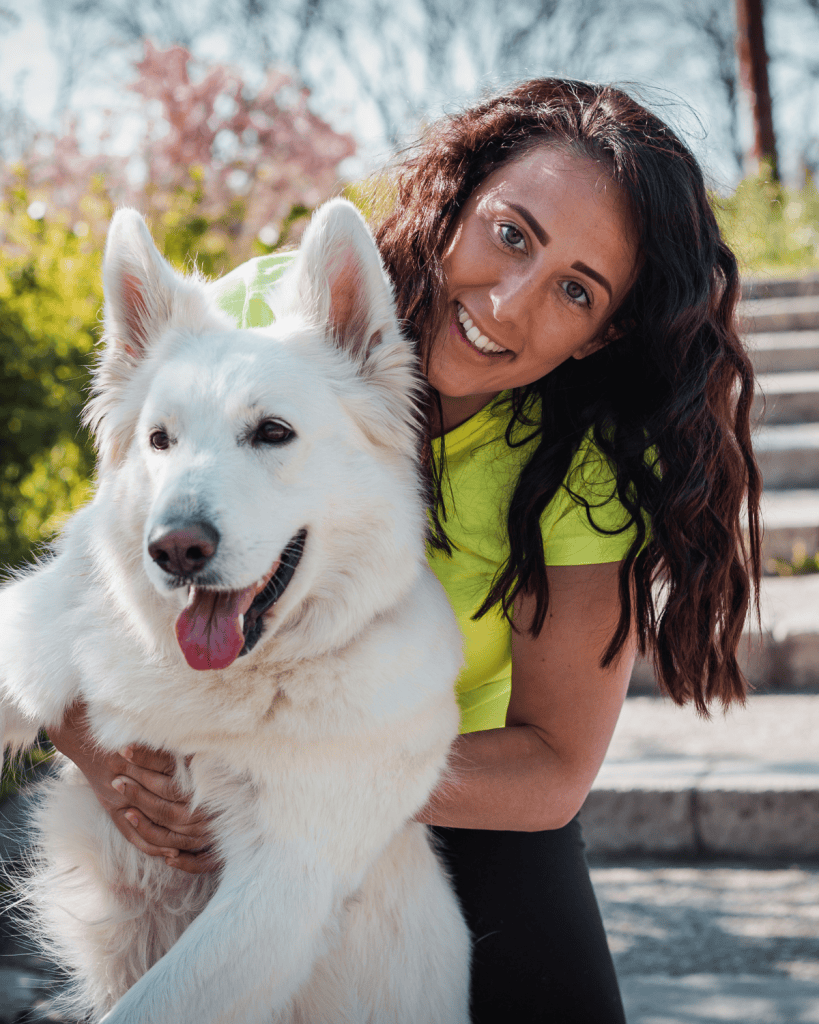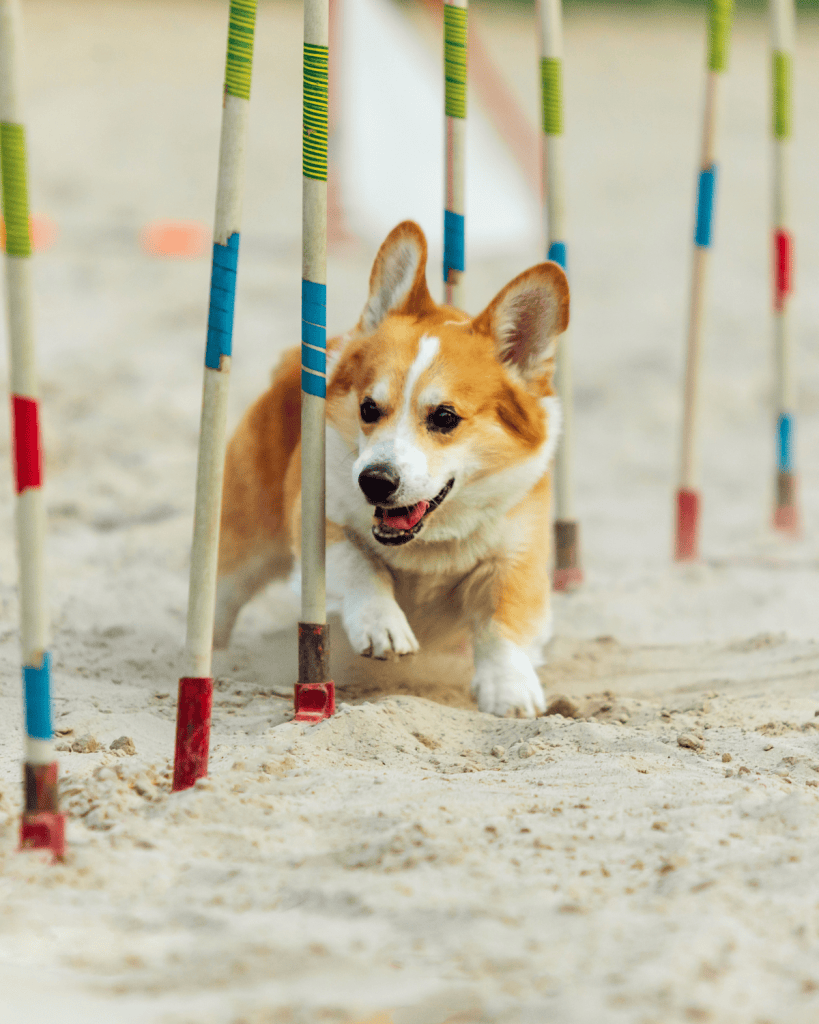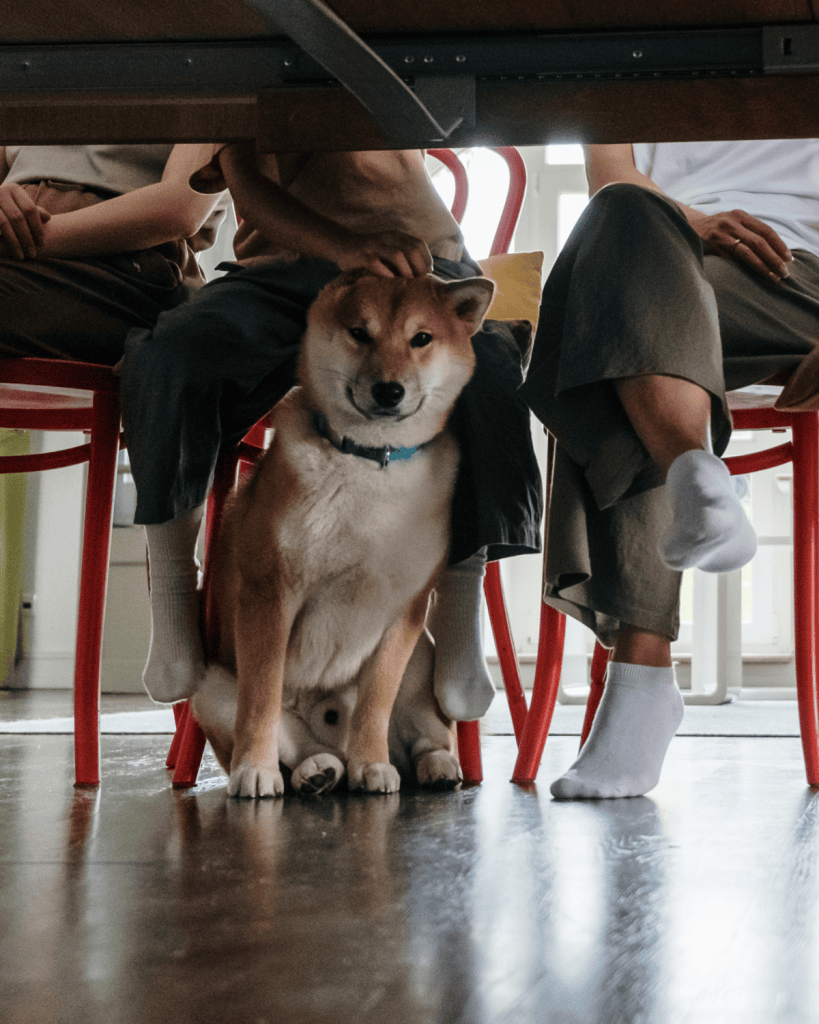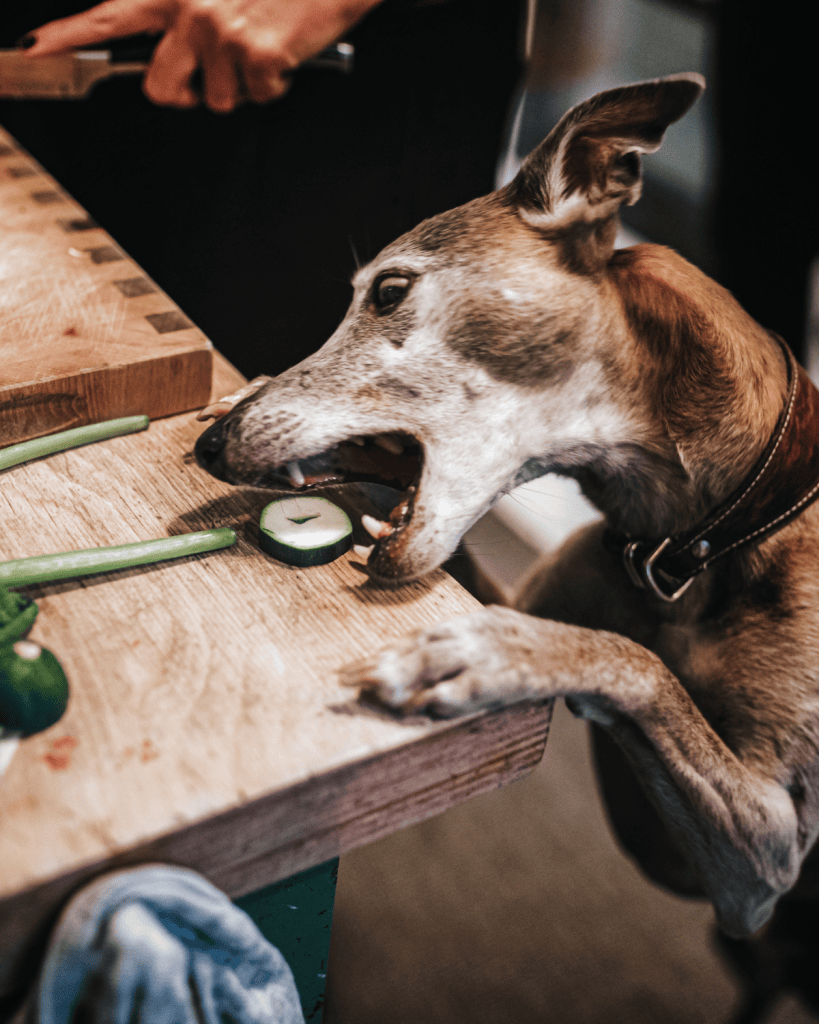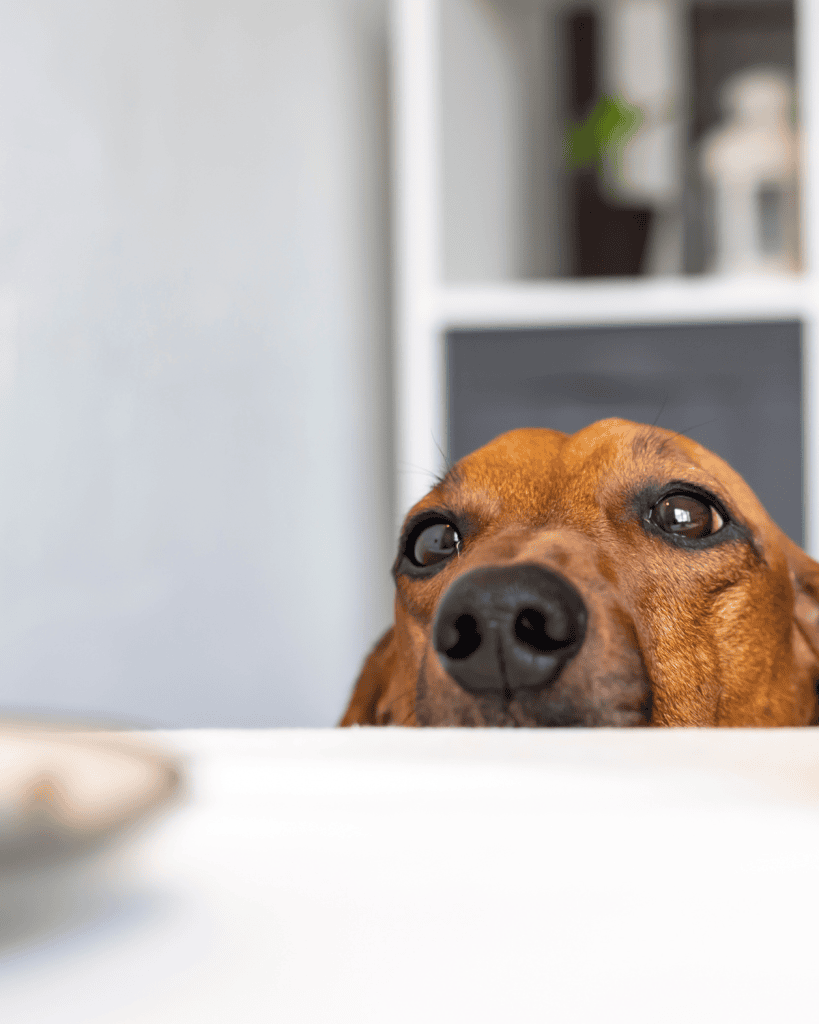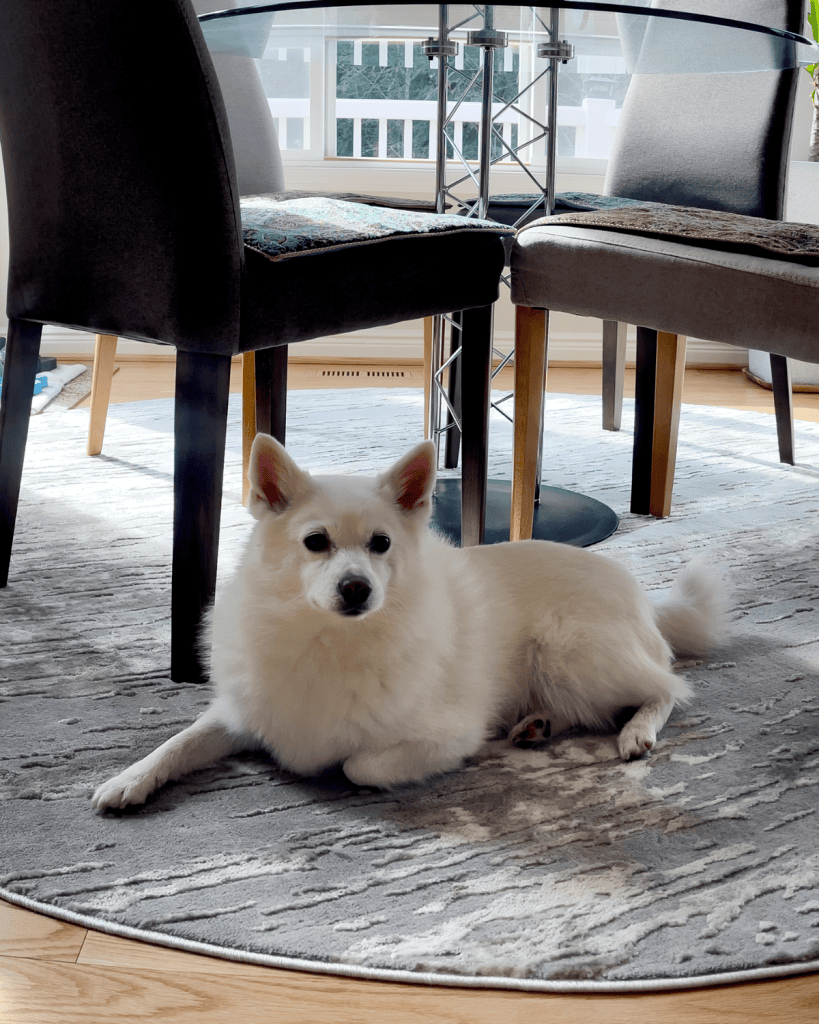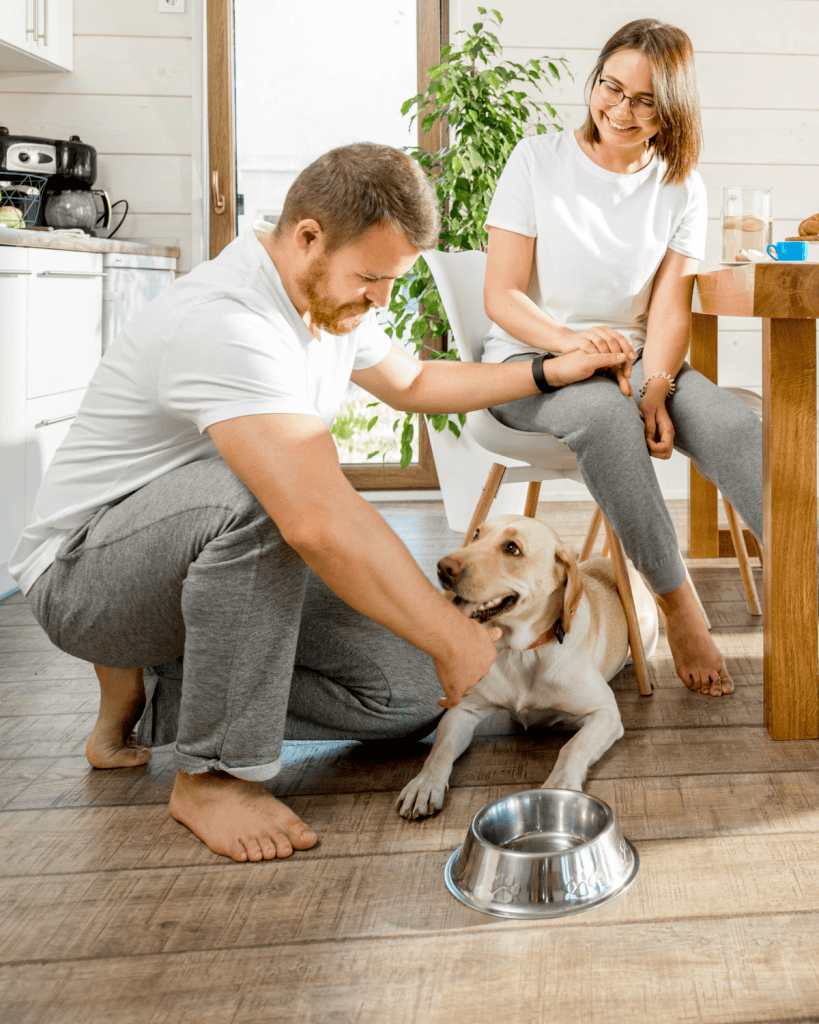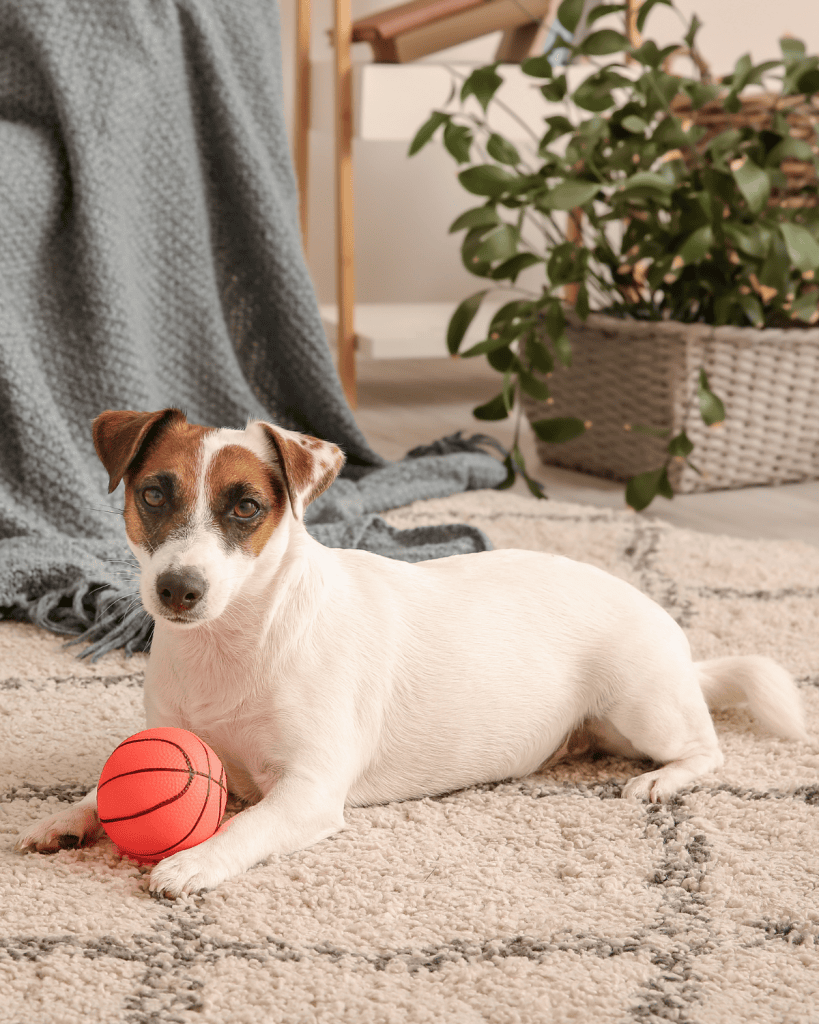
The Jack russell was one of the more popular breeds amongst those searching for small dog breeds, however, as the search for hypoallergenic dogs has become more and more popular, the jack russell breed has been seeking its hypo-allergenic counterpart.
The Jack Russell Terrier is a phenomenal little breed. They’re celebrated for its exuberance, intellect, and warmth, has captured the affection of countless pet enthusiasts worldwide. Yet, for individuals grappling with allergies, the dream of pet ownership often feels just out of reach.
Luckily, there are solutions for this predicament. Creative breeders are cross breeding some Jack Russell Terrier mixes with hypoallergenic dogs such as Poodles, Bichon Frises, Havanese, and Maltese. These hybrid dogs are crafted to embody the Jack Russell Terrier’s lively spirit alongside the hypoallergenic coats of their diverse parent breeds, positioning them as ideal companions for those battling pet allergies.
In the United States, where dog ownership is a cherished tradition, the American Kennel Club acknowledges the importance of hypoallergenic dog breeds for households with allergy concerns. These mixed breeds, including the popular Jack-a-poo and the energetic Jack Chi (which is not hypoallergenic by the way!), offer a fusion of small size, high energy levels, and low shedding coats, making them an excellent choice for living spaces that demand a clean, allergen-reduced environment. Regular grooming, alongside the use of a good bristle brush and an air purifier, can further mitigate the effects of dog hair and dander, ensuring a healthier living situation for sensitive immune systems.

What Are Hypoallergenic Dogs?
Hypoallergenic refers to a dog who doesn’t shed fur, such as the poodle, the havanese, the maltese as well as several others, and they’re often referred to as doodles (a portmanteau from poodle) or designer dogs.
They’re a great option for allergy sufferers who want dogs, however, it should be noted that “hypoallergenic” doesn’t mean allergy free as dogs will always carry some dander, dirt and usually pollen. Not to mention that a lot of allergens come from a dog’s saliva.
Choosing Your Hypoallergenic Jack Russell Mix
Be aware that the Jack Russell is a high energy little breed that comes personality-packed, and full of flavour. Terrier habits are pretty tough! They tend to be mouthy, very high prey drive and not necessarily that easy to train.
So when you’re selecting a hypoallergenic mix, do be aware that if you’re looking for a cute, and cuddly dog, a dog cross bred from a Jack Russell may not be that.
Quick Myth Bust
The “Hybrid vigor” or longevity and resolution of health issues by cross-breeding is actually a myth!
The Most Common Hypoallergenic Jack Russell Mixes
1 – Jack Russell Terrier and Poodle Mix
Often called a Jackapoo, Jackadoodle or poojack (yeah, it’s unfortunate!), these mixes are the cross breed of the Poodle’s intelligence and hypoallergenic coat with the Jack Russell Terrier’s boundless energy and adventurous spirit.
It’s good to note that depending on the generation of your hybrid dog will depend on how ‘reliable’ the outcome of the litter is in terms of their temperament, health and coat (honestly, a good breeder is a lot of the work when it comes to puppies!).
In terms of size, the Jackapoo can vary greatly depending on which sized poodle was used in the breeding. Standard poodles will create a bigger variation.
Beyond their cute faces, Jackapoos tend to be vivacious personalities. Given they come from two working breeds, they require a lot of exercise and training to channel their high energy levels positively, and usually must be taught how to relax.
They thrive on mental stimulation and physical activity, making them an excellent choice for active individuals or families that can provide them with the engagement they crave. This need for activity should be met with regular walks, playtime, and, where possible, agility training, which not only keeps them physically fit but also sharpens their minds.
Despite the potential for health problems common to both purebred dogs and hybrid breeds, responsible breeders can often mitigate these risks by ensuring healthy parentage and providing early health screenings for conditions like patellar luxation or hereditary heart issues.
As such, sourcing a Jackapoo from a reputable dog breeder is the best way to ensure that you’re bringing a healthy, happy, and well-adjusted puppy into your home. Their playful dog demeanor and readiness to bond make them a good option for those seeking a pet that will integrate well into their lives, offering endless affection and companionship for long periods.
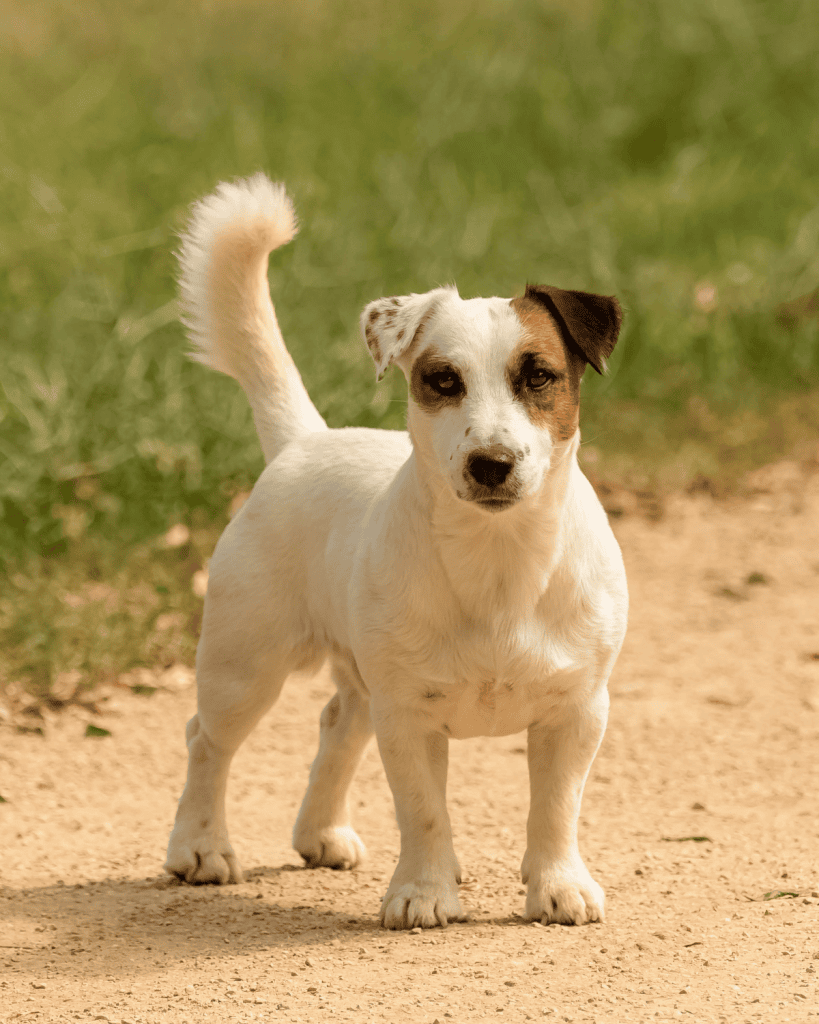
2 – Jack Russell Terrier and Bichon Frise Mix
This variety can vary a lot less than the poodle mix as the Bichon Frise is a small dog breed and similar in size to the jack russell terrier, which means that the consistency in size will be greater than that of the Jackapoo above.
Bichon frise are also athletic in their nature, so you are likely to get another “high drive” and highly intelligent dog, which means training, enrichment and giving them all the tools to cope with our modern world will be immensely important as they are often predisposed to anxiety and intense desires to chase.

3 – Jack Russell Terrier and Havanese Mix
Affectionately known as a Jackanese, this cross breed combines the vivaciousness of a Jack Russell Terrier and the affectionate nature of a Havanese. Because of the severe differences in nature of these two dogs, you do tend to find a large variation in their personality and can swing greatly from the fiesty terrier to the more docile lapdog – and unfortunately there is minimal way to tell whilst they’re puppies.
If you’re looking at the Jackanese, you’d be looking at being ready for anything from the jack russell to the havanese and anything in between. For this reason, it’s really tough for me to guide on this little mixed breed.
4 – Jack Russell Terrier and Maltese Mix
The Jack Russell Terrier and Maltese mix, commonly known as the Jacktese or Malti-Jack, is a small-to-medium-sized crossbreed that marries the spirited personality of the Jack Russell with the graceful charm of the Maltese.
Again, with this cross you’re likely to find younger generations (f1) of Malti-jack’s to have large variations in their personality as you’re crossing an active and tenacious dog with a high prey drive to a lapdog whose sole purpose is to be a glamorous companion.
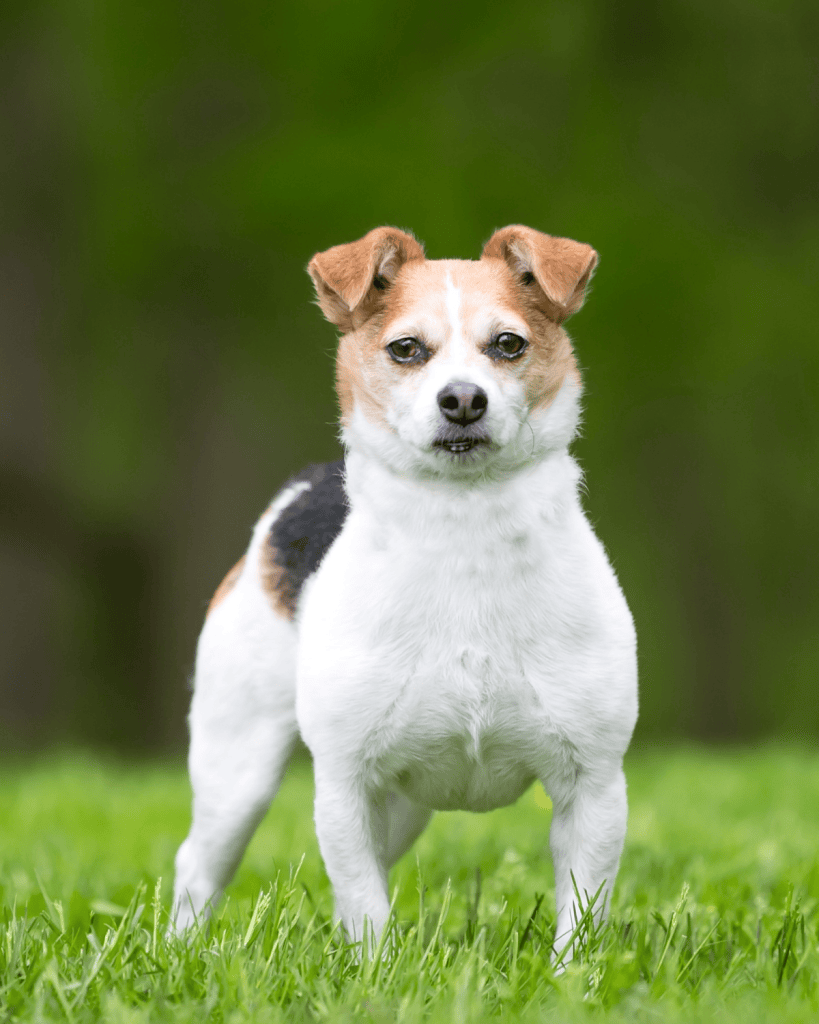
But If You Want a Hypoallergenic Dog Similar to Jack Russells, Consider These:
This section would introduce readers to other hypoallergenic breeds that share similarities with the Jack Russell Terrier in terms of size, energy level, or temperament, including:
Miniature Schnauzer: Renowned for its intelligence, spirited nature, and hypoallergenic coat.
Miniature Poodle: Distinguished by its hypoallergenic coat, high intelligence, and affectionate personality.
Lakeland Terrier: Known for its hypoallergenic coat, this breed shares the terrier spirit and is a great option for those seeking a smaller, energetic dog.
Bedlington Terrier: With its unique appearance and hypoallergenic wooly coat, the Bedlington Terrier is a perfect blend of companionship for allergy sufferers looking for a terrier-like pet.
But they’re not the only ones… There are lots of hypoallergenic dog breeds!
A Note About Hybrid Dogs
Where there is no breed standard for these hybrids, consequently, they can have a spectrum of behaviors and appearances anywhere from the Jack Russel side, to the mixed side. Which means that their temperament and needs can be very hard to predict. Sometimes this can take new jack russell mix guardians by surprise, where they’re expecting a gorgeous, teddy bear and an intelligent dog, and an awesome family pet!
Which they may be.
However, they may also get the undesirable qualities of either of the breeds,
So, whatever you do, don’t take these for purebred dogs, don’t assume they’re responsibly bred. Be critical of your breeder, expect health testing! Expect to see, and interact with the parents and ensure that they’re a sociable dog, ideally titled dogs, compliant, biddable, and that they truly will be good family pets.
Care and Consideration for Your Hypoallergenic Terrier Mix
Caring for a hypoallergenic mix is usually complex, as their coats can be anything from the terrier to their mix — which means you’re very likely going to need your dog professionally groomed every 4-6 weeks to prevent coat problems like matting.
Conclusion
Like all dogs, these gorgeous Jack Russell mixes come with their negatives and positives! So, in this exploration of dog breeds that you’re currently on, I’d strongly suggest talking to someone to help you pick a suitable breed that has a great understanding of dogs in general – a great trainer (like myself!)
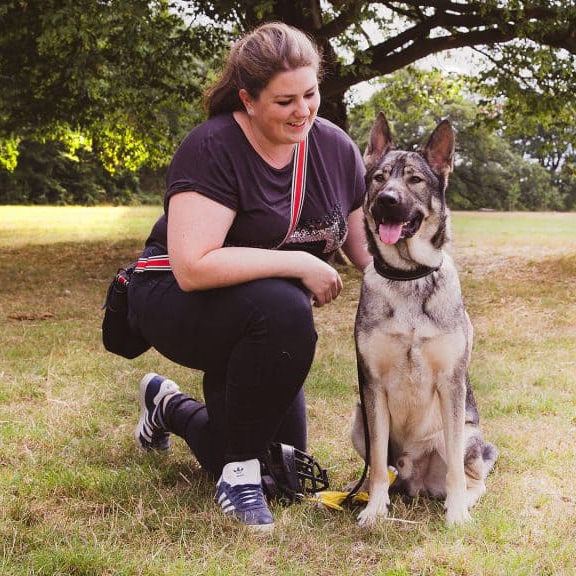
Author, Ali Smith
Ali Smith is a professional, qualified, and multi-award winning trainer is the founder of rebarkable. She has always believed animals deserve kindness and champions force free methods. Believing that dog guardians will all choose the kindest options if proper information is provided, she aims to help all dog guardians who need it and make dog training as accessible as possible
Ali lives win Maryland, US with her husband and her three dogs.
